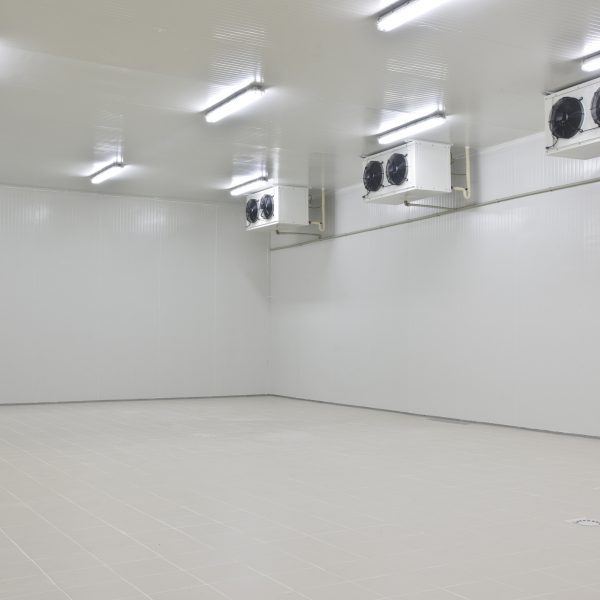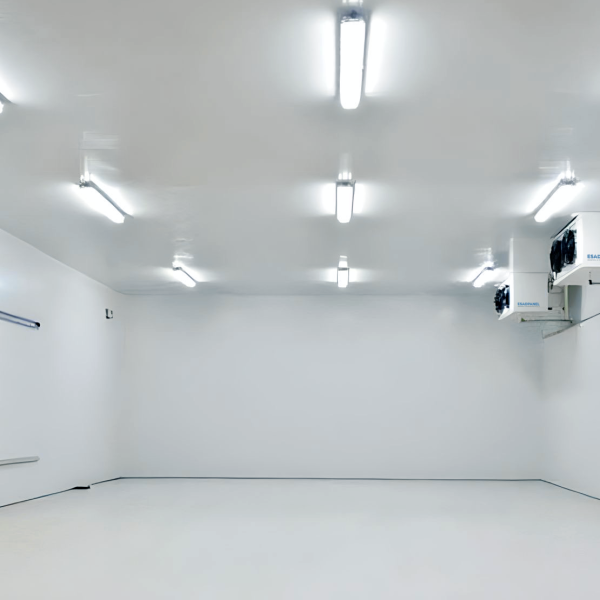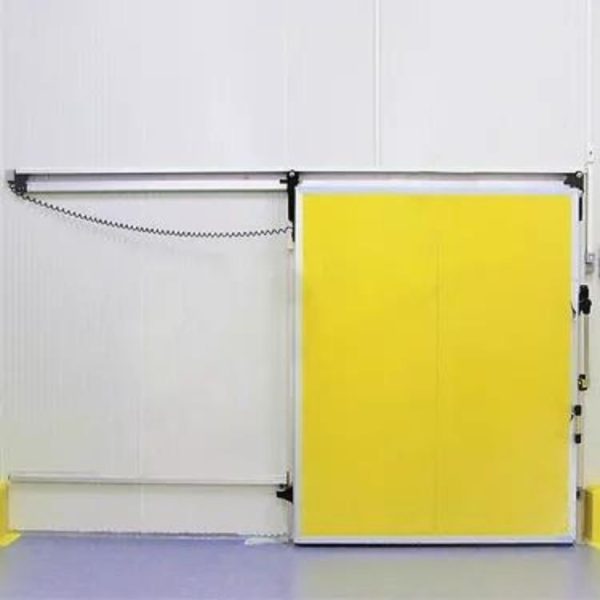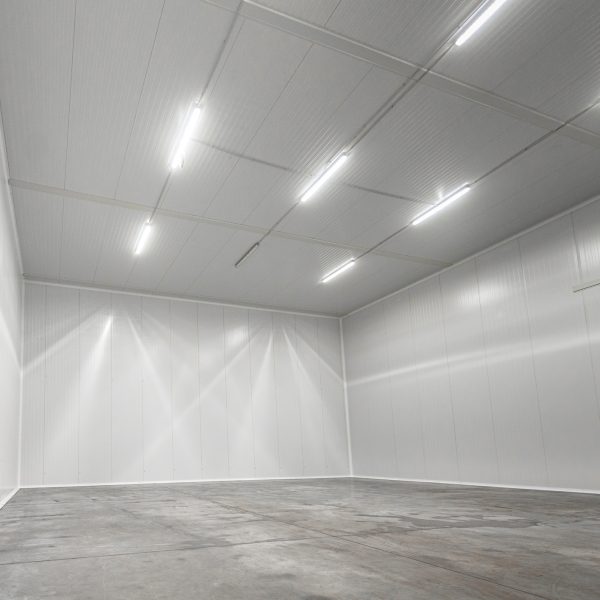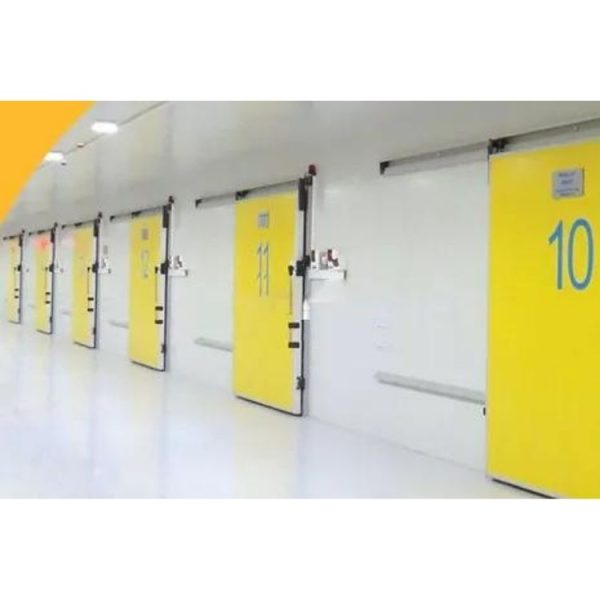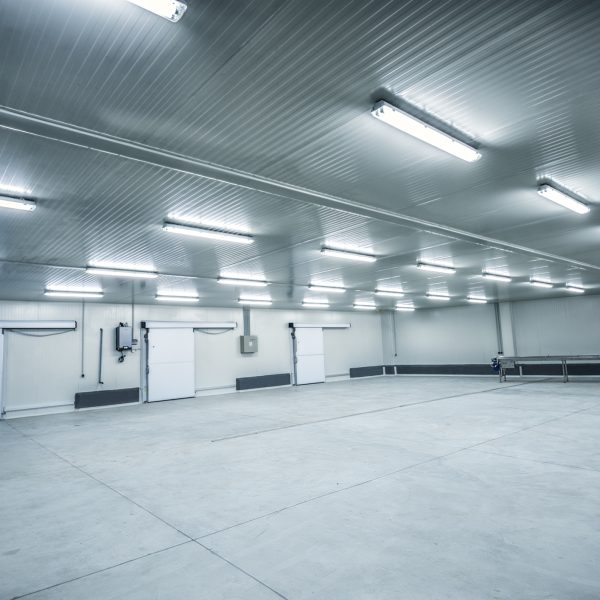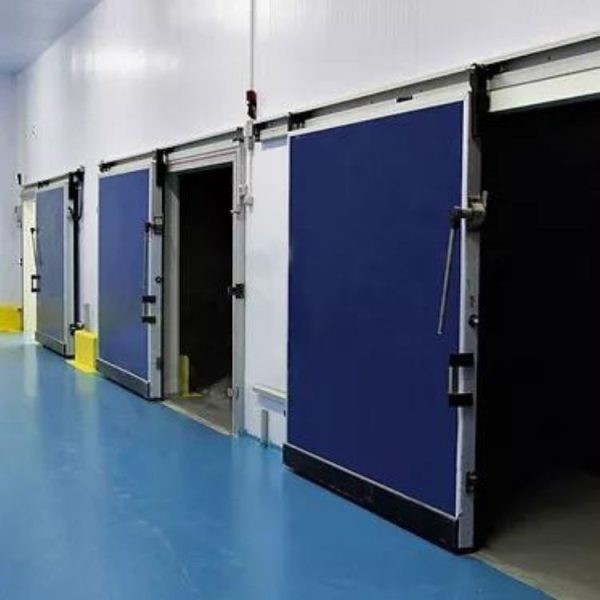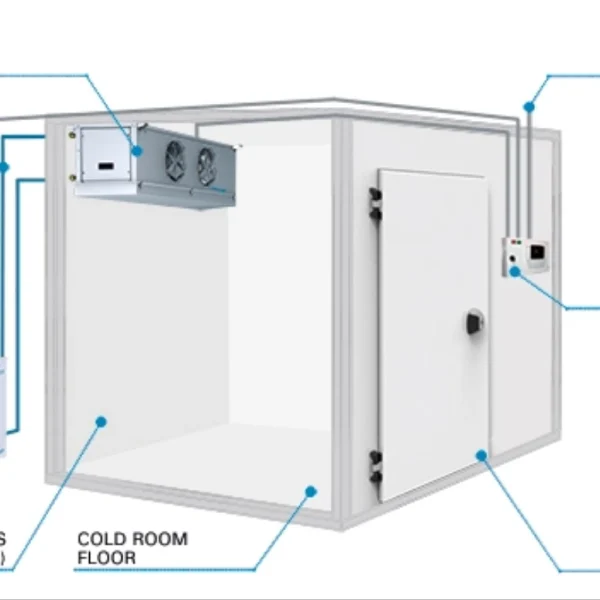Refrigeration Equipments of Cooling Devices
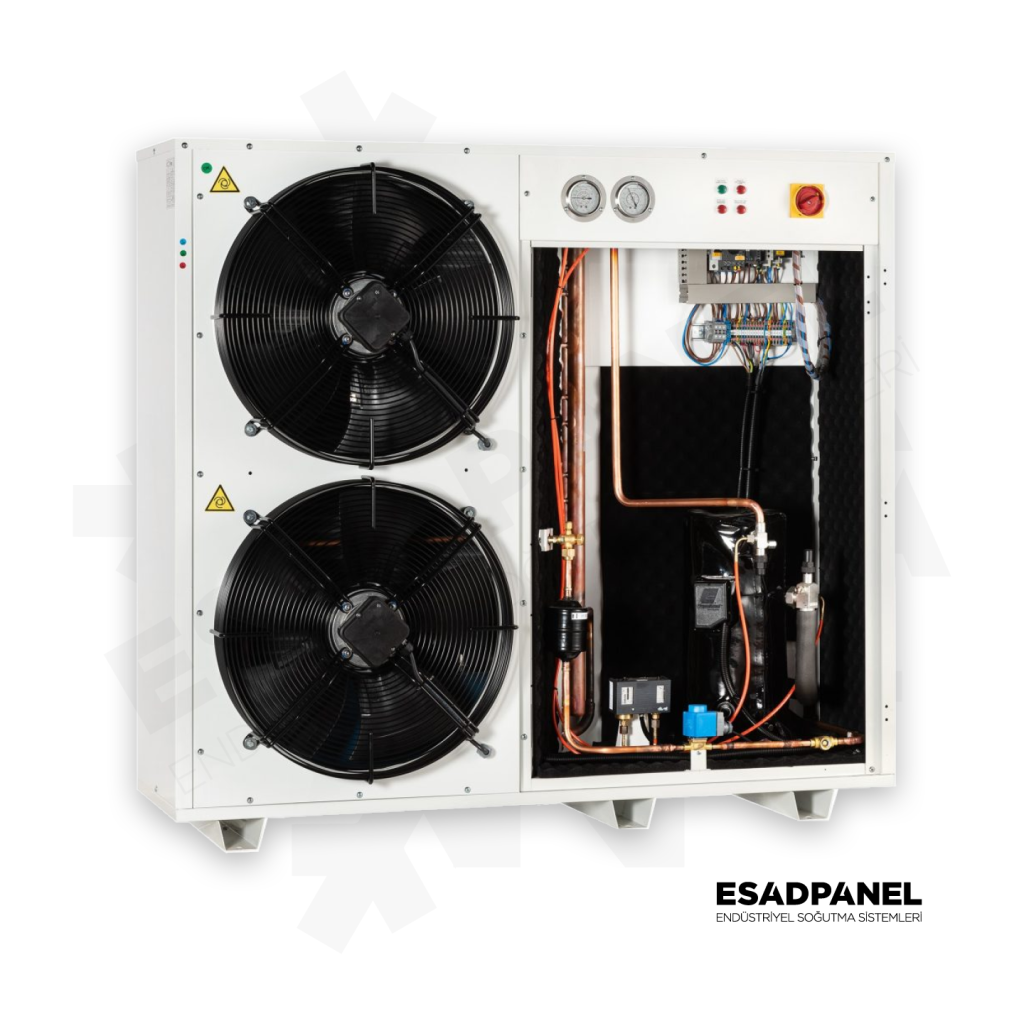
COMPONENTS OF THE COOLING DEVICES
There are many elements that make up a cooling device. These devices, which are basically divided into two as an outdoor unit and an indoor unit, have the following components, apart from the compressor, fan, pipes and some basic components.
As with any refrigeration system, controlling the flow of refrigerant is vital in making a cold room operate properly. Two of the most common types of refrigerant control valves are thermostatic expansion valves and solenoid valves.

Thermostatic Expansion Valves
Thermostatic expansion valves (TXVs) work as a type of throttling device and are one of the four essential components in a refrigeration cycle, along with evaporators, compressors, and condensers. As with other throttling devices, TVXs cause the refrigerant to expand as it flows, reducing the pressure. This in turn lowers the refrigerant’s temperature, allowing it to absorb heat inside the cold room via the evaporator. The goal of any throttling device is to keep the evaporator as full of refrigerant as possible and ensure that all of the refrigerant evaporates. This helps avoid damage to the compressor from getting liquid refrigerant in the suction port. Unlike some other throttling devices, however, TXVs regulate the refrigerant flow automatically based on the needs of the evaporator.

The basic parts of a TXV are the sensing bulb, the diaphragm, the equalization area, and the superheat setting spring, which work against each other to control the valves operation. First, the sensing bulb, which is filled with a special, fluid corresponding to the specific refrigerant used, is mounted on the suction pipe on the downstream side of the evaporator; as the temperature of refrigerant rises, it causes the sensing bulb fluid to expand driving the diaphragm down. Next, the superheat setting spring pushes back, creating constant pressure. Finally, the evaporator pressure in the equalization area varies according to different operating conditions such as refrigerant temperature, ambient temperature, and bulb and spring pressures. Based on the balance created by these three pressures, the valve will open or close and ensuring that a stable superheat is maintained even when there are varying ambient conditions. While other throttling devices are available, TXVs work best for cold rooms due to their ability to regulate the flow of refrigerants based on the needs of the system. This refrigerant regulation not only ensures that the cold room will operate as efficiently as possible, it also means that the cold room will need a lower refrigerant charge, saving money during daily operation as well as regular maintenance.
Solenoid Valves
Solenoid valves are a style of regulating valve which use electromagnets to open or close. Valves come either normally open (NO) or normally closed (NC), depending on the needs of the system. Each solenoid is equipped with a coil containing the electromagnet, which controls an internal armature assembly. For example, in a NO solenoid, when the valve is activated, it drives the armature assembly down, closing the valve.
Solenoid valves can be used to redirect the refrigerant (closing an NO valve or opening an NC valve) and are often operated using a controller, though most can also be operated manually. Solenoids work well for a multitude of cold room applications, including hot gas defrost and humidity control.
Initiating a hot gas defrost is ideal right after loading. When warm product is put into the cold room, the thermostat senses the rise in temperature and turns the compressor on, starting the refrigeration cycle. If the cycle runs long enough, the evaporator may begin to ice over. When the hot gas from the condenser cycle back through the evaporator a second time, it melts any ice that may have formed.
When it comes to extending the shelf life of food, humidity control is just as important as temperature control, which is another great application for solenoid valves. If the temperature inside the cold room is sufficiently low but the humidity is too high, one way to lower the humidity without further lowering the temperature is to use only half of the evaporator. If the cold room has two evaporator coils, installing an NO solenoid valve in front of one to be controlled by a humidistat will lower the cold room’s humidity without affecting the temperature.
As we have seen throughout this series, each component can have a major impact on the operation of the refrigeration cycle and these valves are no exception. These two small valves have the power to affect the rest of the cold room in major ways, so choosing the ones that work best for the specific needs of the cold room is vital. Source: Danfoss

Pressure switches
While most refrigeration systems use a thermostat to regulate temperature, an alternative method is a low pressure switch, also called a low pressure control. It works using the relationship between the saturated refrigerant pressure in the evaporator and evaporating temperature. This way, the pressure switch can be set to shut off the refrigeration system when the suction pressure returning to the compressor corresponds to the correct evaporating temperature, thereby controlling the temperature of the cold room.
A pressure switch has two main functions: protection and control. On the protective side, it limits refrigeration pressure by stopping the flow of refrigerant if pressures exceed a safe operating limit or if pressures drop too low, usually caused by a leak in the system. On the control side, controlling the pressure also controls various aspects in the cooling cycle, like compressor cycling, fan cycling, and pump-down. Basic pressure switches can either be for high or low pressure. If the refrigerant discharge pressure builds too high, the switch flips from closed to open, lowering the pressure. Similarly, if the suction pressure falls too low, the switch flips closed again, bringing the pressure back up to an acceptable level. As with thermostats, correctly setting the differential is vital in ensuring proper operation.

Ball valves
Ball valves are manually operated, shut-off valves, typically used in liquid, suction and hot gas lines. Ball valves get their name due to their internal structure: the shut off mechanism is ball-shaped. By having this shape, a simple quarter turn is all that is needed to seal the valve, cutting the flow of the refrigerant. Not only is the seal tight, but it is also very reliable, being able to make a complete seal after years of disuse. And while ball valves lack the fine control of other valve types, they are not intended for anything other than an on/off function.
While the ball valve will remain unused in the open position during normal operation, it becomes invaluable during maintenance and repairs. By having ball valves installed in a cold room’s refrigeration system, refrigerant can be blocked off in one section or another. That means that less refrigerant will need to be recovered, saving time and money in the form of labor and materials. Ball valves are superior to other types of shut-off valves, such as right-angle and Z-pattern valves, because ball valves are able to operate without any drop in pressure. When these other types of shut-off valves are in the open position, the refrigerant is forced to change direction, both slowing it down and creating tiny eddies or vortices where the flow changed direction. Conversely, when ball valves are open, the internal opening in the ball is the same size as the surrounding pipe, ensuring that the refrigerant will flow without any impedance.

Fan speed controllers
Fan speed controls are increasingly being used in cold rooms due to their ability to reduce noise and stabilize condensing pressures under different climatic conditions. Along with those benefits, fan speed controls can often increase a cold rooms energy efficiency. By maintaining a constant low speed, fans will consume less electricity than when simply switching between running at full speed and being off.
An additional factor to consider is the operation of the evaporator fan motors. Under normal operating conditions, the fan motors run 24/7, adding heat into the cold room and consuming energy in order to continually move air around. A more customized control option includes turning the evaporator fans off during the thermostat off-cycle and pulsing the fans for part the time to ensure the cold room air temperature is circulated over the thermostat sensor, achieving a stable cold room temperature. Depending on the application, another control option is using two speed fan motors for special areas like preparation rooms for food processing. Each of these products affect a relatively small aspect of the refrigeration cycle of a cold room, but they add up, with the end result being an energy efficient cold room suitable to your needs.

Fill the Form!
Write your needs and fill the form to contact us. Then get your cold room!





